Table of Contents
Whether you consider yourself an active individual or not, there is no denying that remaining physically active is an important part of leading a healthy, functional life, especially in your later years. Maintaining a physically active lifestyle can incorporate activities that you enjoy on a daily basis, and does not always have to involve going to a physical gym or engaging in rigorous activities
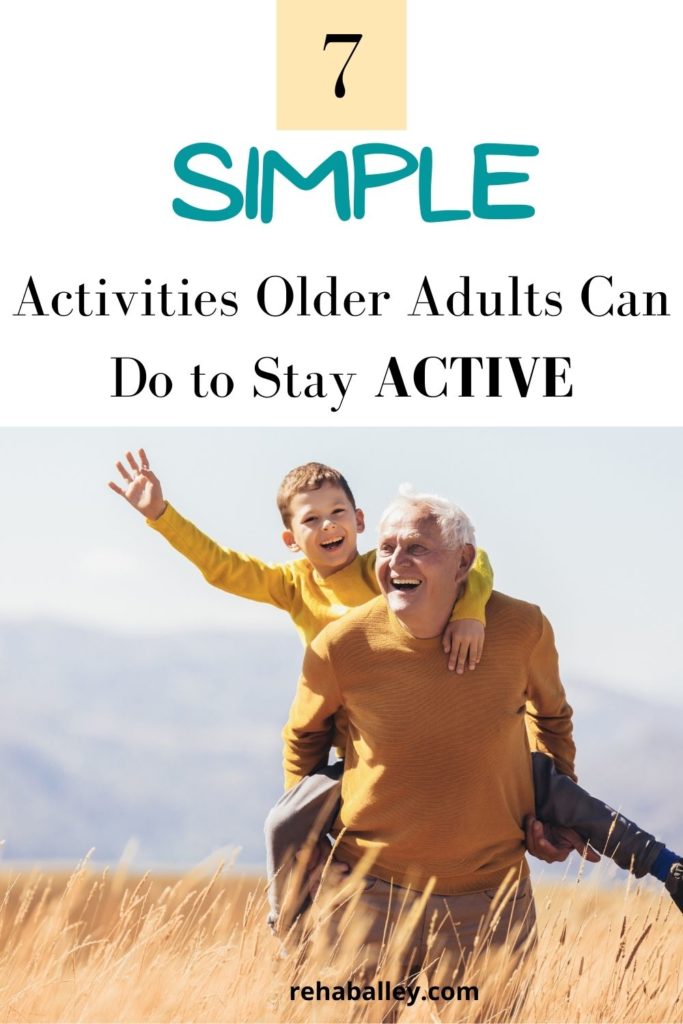
Recent research is showing a decline in independence and higher disability in older adults who remain sedentary for an extended period of time, regardless of the amount of time spent engaging in moderate to vigorous activities. Some research has even suggested that the longer the time spent sitting, the greater the disability will mimick no activity at all (bedrest).
Property of rehaballey.com
Based on these studies, the key to reducing disability and improving quality of life and overall functional independence in older adults is leaning more toward reducing the amount of time spent being sedentary, which is why in this blog I will be giving 7 simple everyday activities that older adults can engage in to maintain an active lifestyle.
#1 PLAYING WITH THE GRANDCHILDREN/GREAT-GRANDCHILDREN

It is no surprise that spending time with grandchildren/great-grandchildren is one of the most enjoyable activities for older adults because it adds value and purpose to their lives. Besides walking, continuing involvement in their grandchildren’s lives is one of the number one reported goals that I receive as a therapist.
And there is no doubt that this can certainly boost your activity level. These “little ones” will definitely keep you on your feet, and if you ever run out of activity ideas, trust they are experts at coming up with additional activities for you.
#2 OUTINGS WITH FRIENDS, FAMILY, COMMUNITY ORGANIZATIONS
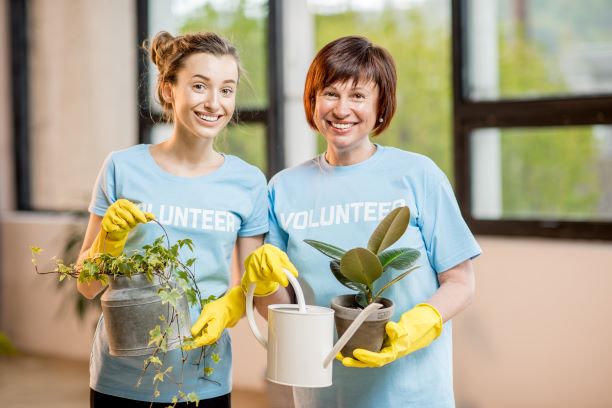
Participation and involvement in the community is another great way for older adults to stay active. This is particularly important because it allows engagement and provides a sense of purpose during the retirement years. These outings can either be casual outings with friends and family or formal volunteer activities. Good places to look for activities in your community include:
- City newsletters
- Parks & recreations
- Local church events
- Job listings-primarily for volunteer or employment (if desired)
- Colleges (Alumnus)
- Library
It’s always important to choose activities that you enjoy. You can even sign-up to take classes or learn a new skill; it’s never too late. Whatever your particular interests are, there are almost always activities in your community that can address those desires. Even if the activities involve some sitting, you are likely to be more active when you are out and about, then if you are sitting at home.
#3 LIGHT CHORES INSIDE THE HOME
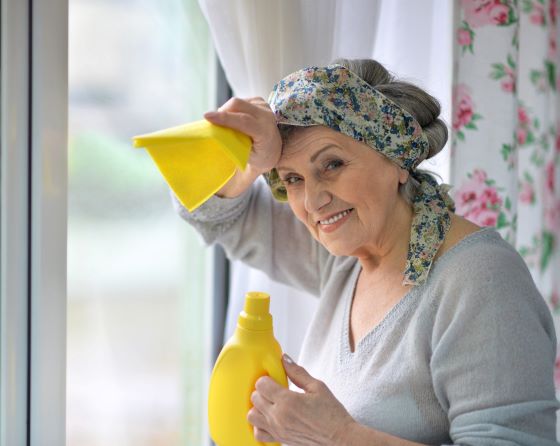
I know, this is probably one of the least desired ways to stay active but is very necessary and important none-the-less. Now some older adults may be thinking, “that doesn’t seem like much”, however, there was a cross-sectional study (Link) done on sedentary and at most, moderately active adults that concluded that physical activity at any intensity was beneficial for improving fat percentage and walking speed in older adults. Light chores inside the home can include many activities not limited to:
- Dusting
- Rearranging wardrobe
- Vacuuming
- Cleaning
- Maintenance work
- Taking out the trash
- Decluttering
So never take for granted what simple activity task such as everyday chores around the home, can do for your health.
#4 YARD WORK/GARDENING
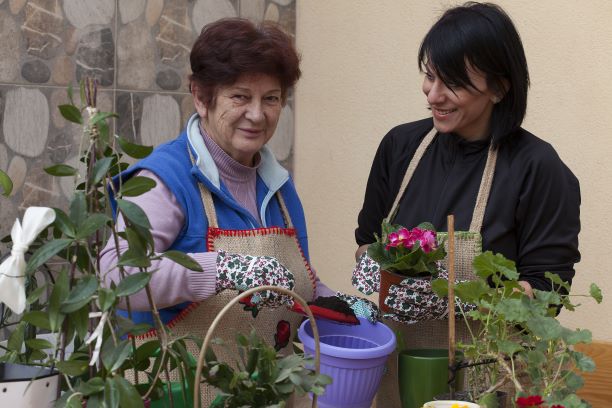
Although light chores inside the home can benefit the overall health and physical function in older adults, it is just as important for older adults to engage in moderate-intensity physical activities, for example, gardening and yard work.
Property of rehaballey.com
According to an article titled Physical Activity is Medicine for Older Adults (Link), the WHO recommends at least 150 minutes of moderate-intensity physical activity, or at least 75 minutes of vigorous-intensity aerobic activity in adults 65 years and older. Yard Work and Gardening are the perfect activities to get the recommended amount of moderate-intensity physical activity while at home.
ALLEY TIPS: Be sure to stay hydrated and take several rest breaks as needed to prevent injuries caused by overexertion and fatigue.
#5 WALKING THE DOG

A simple task such as walking the dog can be both enjoyable and beneficial to your overall health. Walking is one of the most common activities in rehabilitation, and one of the most commonly suggested goals for patients to achieve.
Walking can promote great functional benefits including improved muscle strength, endurance, flexibility, motor coordination, and improved balance. Add this task with walking a dog, and you will hardly feel like you’re exercising.
If you do not have a dog, try walking with a family or a group of friends several times a day. Anyway you can include a fun activity with walking can help you complete this task more efficiently.
Property of rehaballey.com
ALLEY TIPS: Make sure you are wearing closed-toed, supportive shoes, preferably tennis shoes with small-medium non-slip soles for walking. If your balance is compromised, do not attempt this activity without supervision or assistance.
#6 COOKING
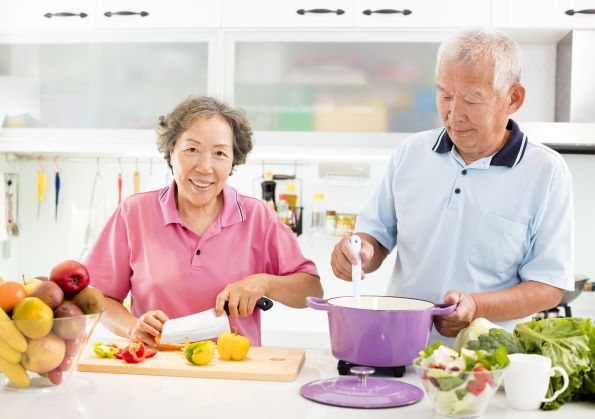
If you enjoy cooking, then this task will come naturally to you. Not only does it keep you on your feet to prevent the negative effects of a sedentary lifestyle, but it also comes with a whole host of other benefits as well.
Physically you are improving your muscle strength, endurance, standing balance, as well as gross motor and fine motor coordination.
The processes needed to complete a cooking task can also be beneficial to cognitive functioning as well. Also eating at home is thought to be healthier than eating out, not to mention you also save money!
Cooking can also be a great social activity if you allow friends and family to participate.
#7 RUNNING ERRANDS
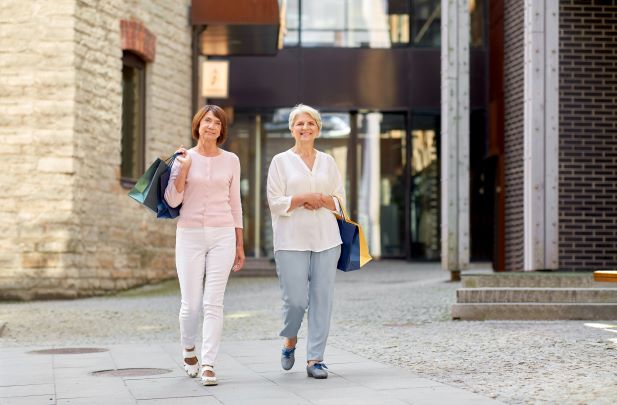
Running errands includes multiple activities that can help older adults remain physically active and functionally independent such as:
- Shopping
- Paying Bills
- Dropping off letters and packages
- Car Repair/Car Wash
- Visiting sick relatives and friends
Running errands also combines several functional mobility tasks such as:
- Walking
- Driving
- Transfers
- Steps/Stairs (If applicable)
The above task along with a few others are all activities that therapists typically focus on during the rehabilitation process, and running errands is the perfect way to incorporate these tasks while gaining the maximum physical and functional benefits.
Property of rehaballey.com
ALLEY TIPS: Running errands and other community involvements are recommended for community-dwelling older adults who are functionally independent.
If you are disabled, or require supervision and/or assistance with basic functional tasks, then there are a few programs in the community that can assist you with these activities, which I will discuss in future blogs.
Those are my 7 everyday activities for older adults to remain physically active and improve their overall function and independence.
Hopefully, you find these tasks enjoyable and beneficial. Feel free to browse my website at https://rehaballey.com for additional information and recommendations, and as always GOD BLESS YOUR ENDEAVORS!!
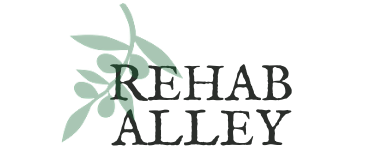
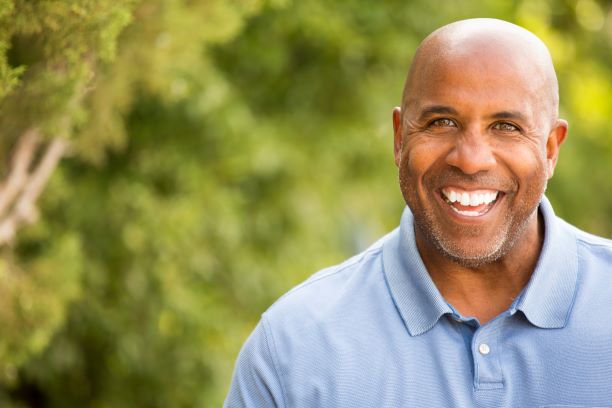

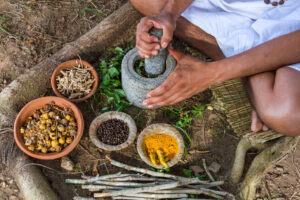
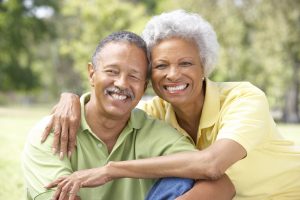
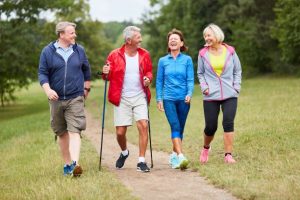
Pingback: 6 Alternatives to Traditional Health Insurance - Rehab Alley